At the talk show "Banning gasoline vehicles to establish low-emission zones, what should be done?" organized by Construction Newspaper on July 18, experts discussed the roadmap and "bottlenecks" in the transition to green transportation in Vietnamese cities after the Prime Minister issued Directive 20 banning gasoline motorbikes on Ring Road 1 in Hanoi from July 1, 2026.
Mr. Khuat Viet Hung - Chairman of the Board of Members of Hanoi Metro affirmed that urban traffic management is an extremely complex problem. However, the implementation of Directive 20 of the Prime Minister is an opportunity to build new cultural values, towards a smart and green traffic system.
"The current urban transport economy is an economy that depends on motorbikes. If we successfully transition to an urban economy based on green, environmentally friendly transport, new markets will be created, while old markets associated with fossil fuel vehicles will gradually shift and disappear," Mr. Hung said.
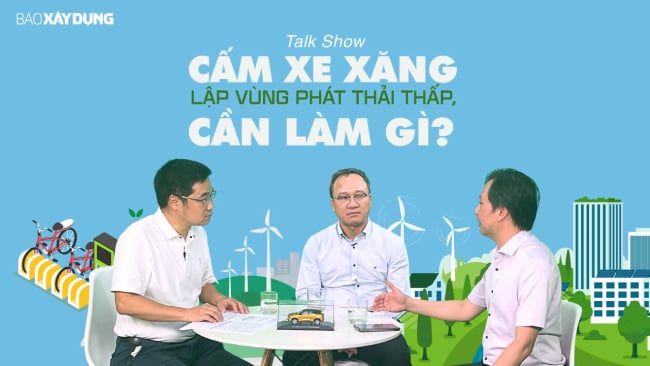
However, in this transition, the subjects directly affected are mostly middle-income people, who consider motorbikes as their main means of livelihood. Most people believe that buying a new electric vehicle is a big expense. Moreover, they are also concerned about the quality, performance of electric vehicles, or the risk of fire and explosion...
Discussing these concerns, Associate Professor, Dr. Dam Hoang Phuc, an automobile expert from Hanoi University of Science and Technology, admitted that these are well-founded concerns.
"We are talking about the green transition goal, but the most affected groups are low-income people and the disadvantaged. Therefore, this is the group we need to pay top attention to and have specific support policies," Mr. Phuc emphasized.
According to Mr. Phuc, support policies need to target two main subjects: direct support for people to reduce cost burdens, and support for businesses so they can reduce product costs.
Besides, another important solution is to soon form a used car market, but must ensure technical safety standards.
Stating the biggest barriers in the transformation process, Associate Professor, Dr. Dam Hoang Phuc pointed out three main "bottlenecks", summarized in the "three Cs".
First, "Cost". This is the first and biggest barrier. Whether you have the means or not, switching to electric vehicles will incur costs. This is a bottleneck that needs to be solved.
Second, "Charging Infrastructure". A safe and convenient charging station system is vital. There should be specific regulations on the installation of charging points in residential areas to ensure fire and explosion safety.
Third, "Change in Behavior". This is a long-term process that requires perseverance.
"The change in behavior from personal transport to public transport, from internal combustion engine vehicles to green energy vehicles needs to be widely spread and shared in the community to create sustainable change," Mr. Phuc concluded.
Source: https://doanhnghiepvn.vn/kinh-te/chinh-sach/3-diem-nghen-lon-khi-cam-xe-xang/20250718040437330



![[Photo] 60th Anniversary of the Founding of the Vietnam Association of Photographic Artists](/_next/image?url=https%3A%2F%2Fvphoto.vietnam.vn%2Fthumb%2F1200x675%2Fvietnam%2Fresource%2FIMAGE%2F2025%2F12%2F05%2F1764935864512_a1-bnd-0841-9740-jpg.webp&w=3840&q=75)

![[Photo] Cat Ba - Green island paradise](/_next/image?url=https%3A%2F%2Fvphoto.vietnam.vn%2Fthumb%2F1200x675%2Fvietnam%2Fresource%2FIMAGE%2F2025%2F12%2F04%2F1764821844074_ndo_br_1-dcbthienduongxanh638-jpg.webp&w=3840&q=75)


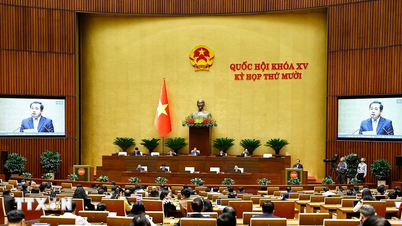

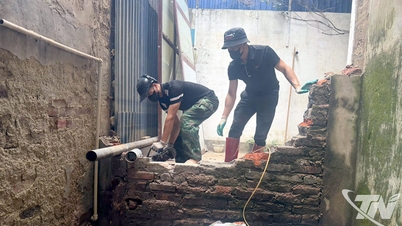

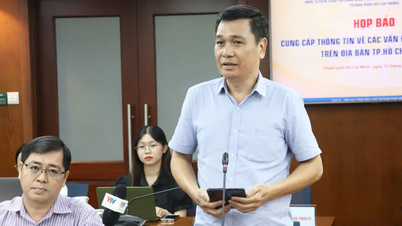



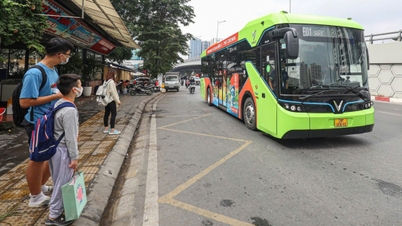



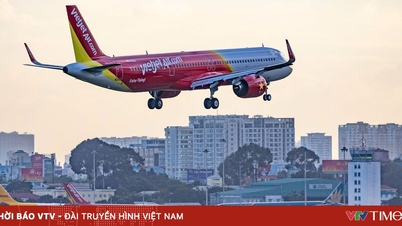

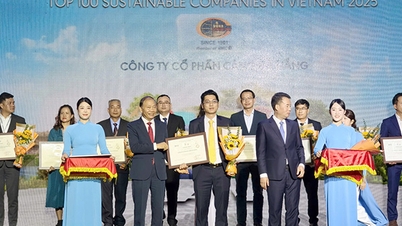
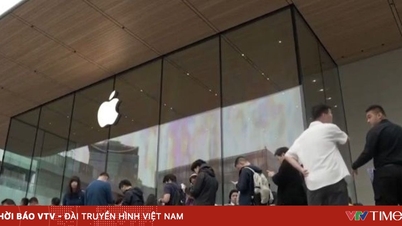
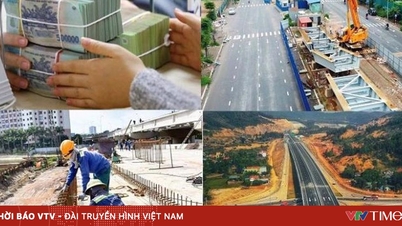
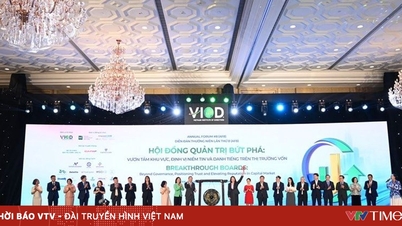
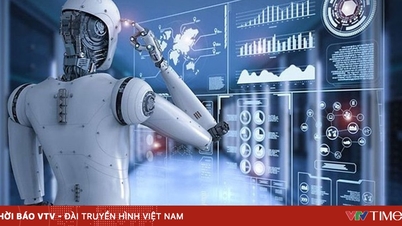




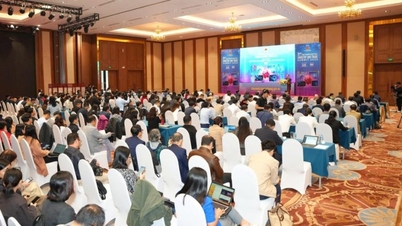
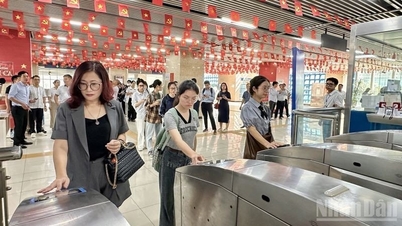


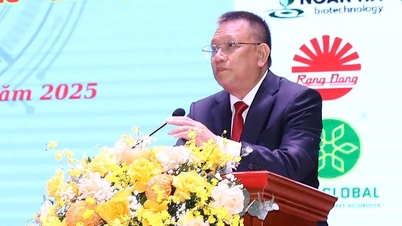
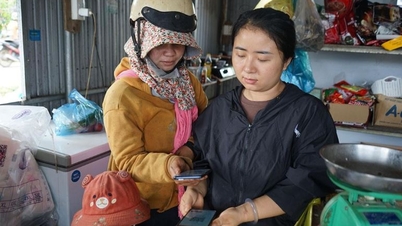







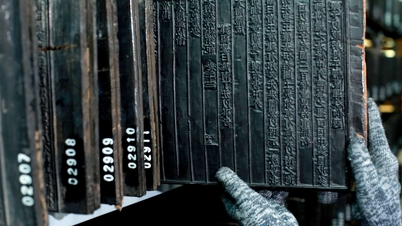







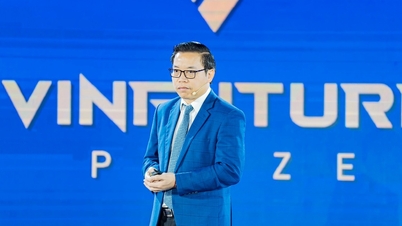

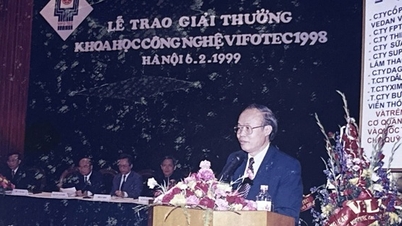

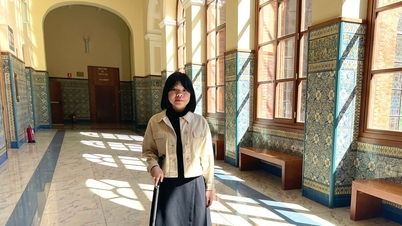

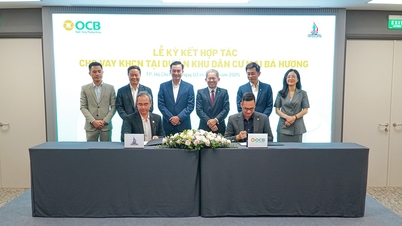

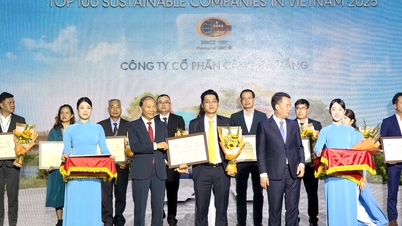
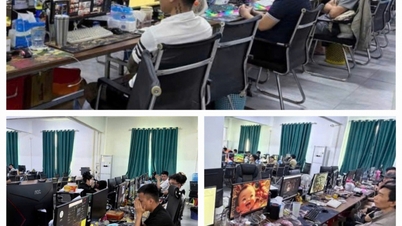
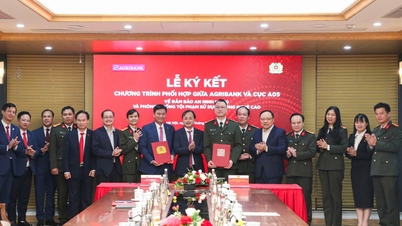

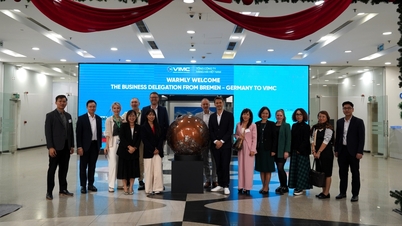
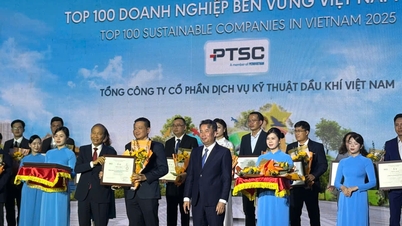












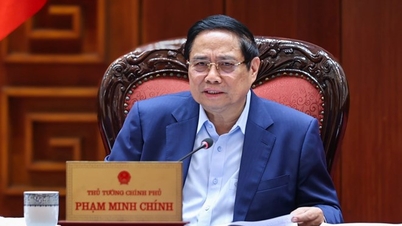

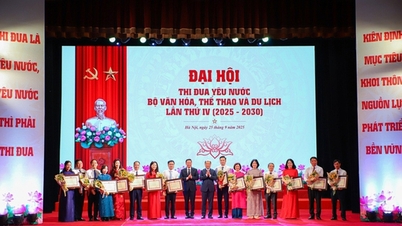

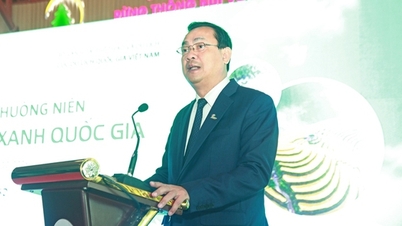
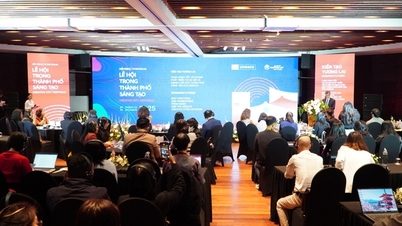




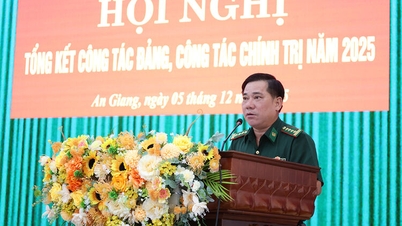





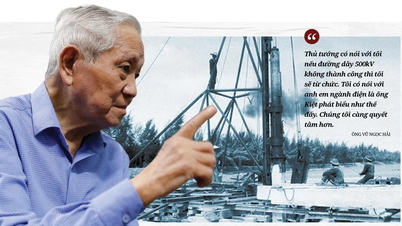
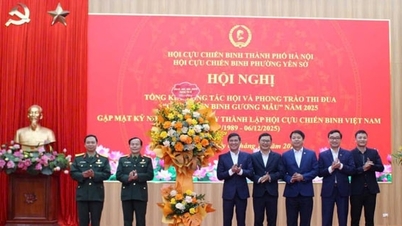











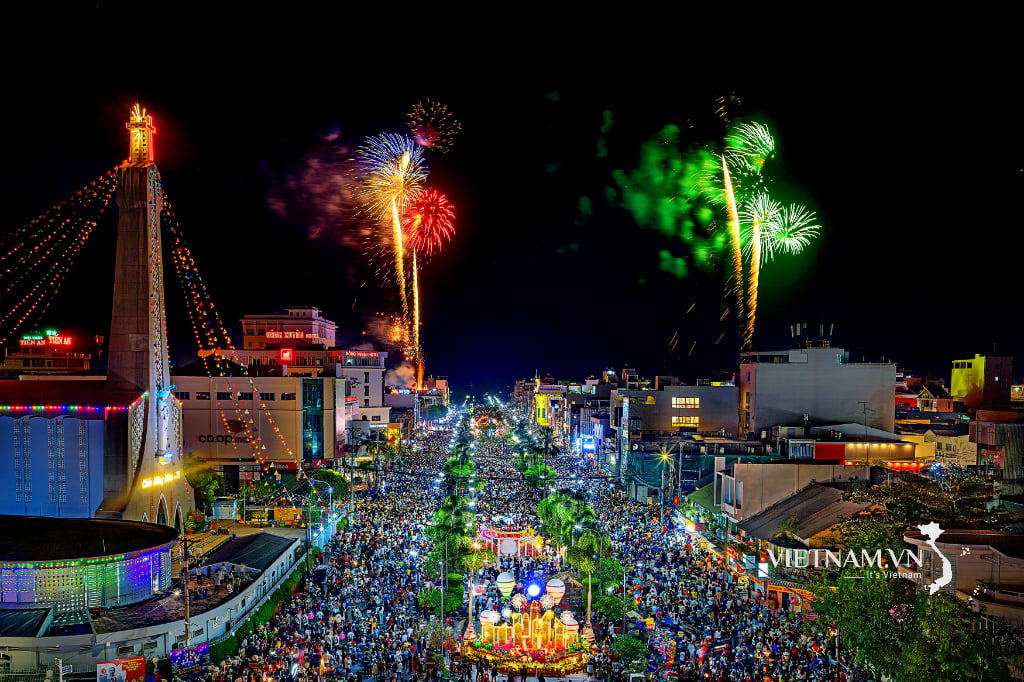





Comment (0)